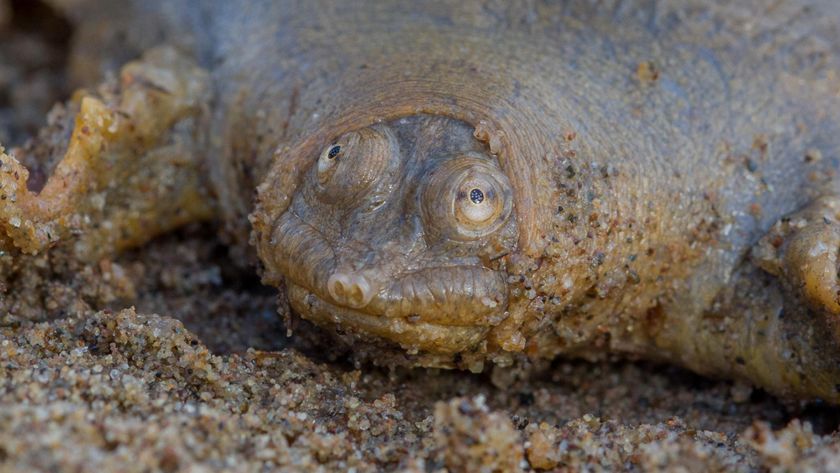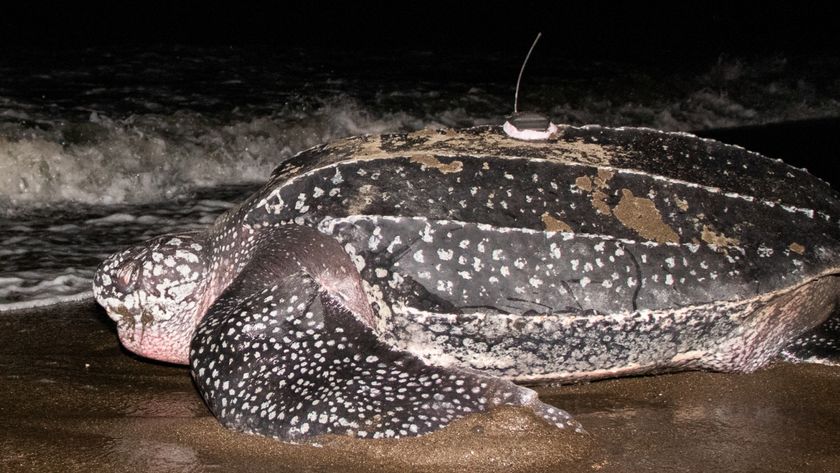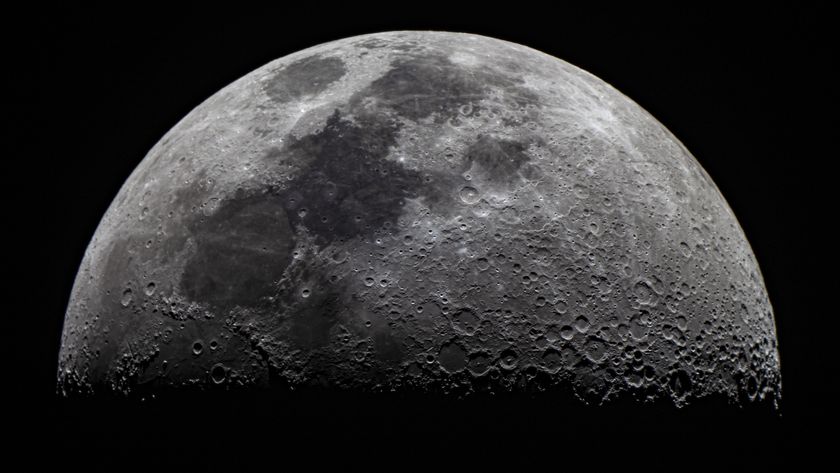In Photos: Tagging Baby Sea Turtles
Tag, You're It!
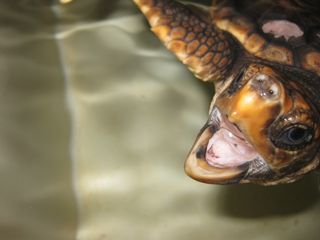
A young loggerhead turtle raised at the Gumbo Limbo Nature Center in Boca Raton, Fla. to be tagged and tracked on its migration around the Atlantic. (NMFS Permit 1551)
Satellite Tag
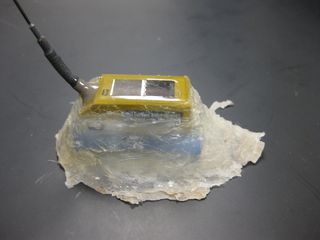
A satellite tag and attachment. Advances in technology and solar power enable researchers to tag smaller turtles. (NMFS Permit 1551)
Tagged Turtle
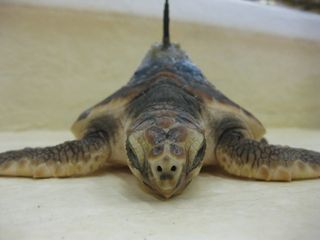
A young loggerhead turtle with a satellite tag affixed to its shell. (NMFS Permit 1551)
Tag and Release
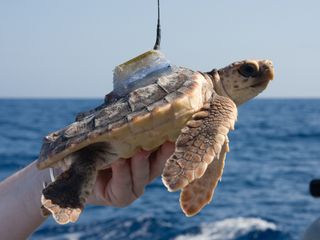
A young loggerhead sea turtle tagged and ready for release. (NMFS Permit 1551)
Preparing to Release
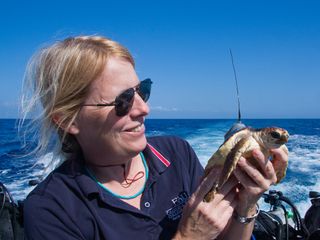
Researcher Jeanette Wyneken holds a young loggerhead sea turtle. (NMFS Permit 1551)
Sea Turtle Free
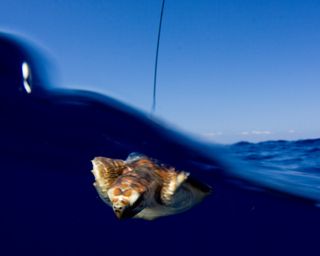
A young sea turtle tagged with a satellite tag and freed into the Gulf Stream. (NMFS Permit 1551)
Ready to Migrate
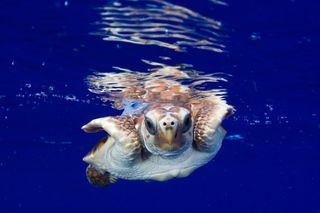
A young loggerhead turtle affixed with a satellite tag and ready to begin its Atlantic migration. (NMFS Permit 1551)
Sign up for the Live Science daily newsletter now
Get the world’s most fascinating discoveries delivered straight to your inbox.
Pretty Swimmer
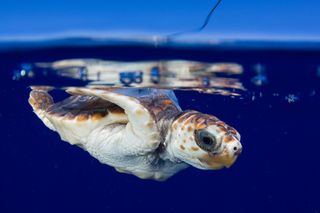
The tagging study found that young turtles take many paths in their Atlantic migration, with many dropping out of the ocean gyre and into the still Sargasso Sea. (NMFS Permit 1551)
Swimming Turtle
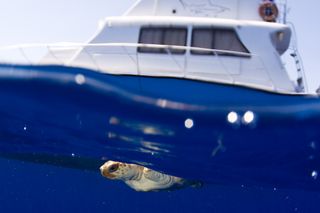
Young loggerhead turtles swims up the Gulf Stream from southeastern Florida. (NMFS Permit 1551)
Surfacing Turtle
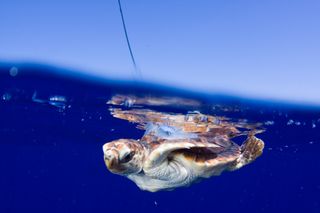
Satellite data shows that loggerhead sea turtles spend lots of time on the surface. (NMFS Permit 1551)
Ready to Go
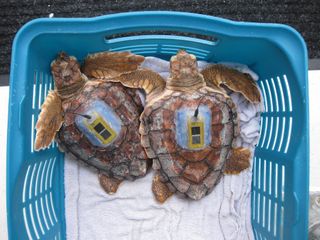
Two turtles in a basket, awaiting their release into the Gulf Stream. (NMFS Permit 1551)

Stephanie Pappas is a contributing writer for Live Science, covering topics ranging from geoscience to archaeology to the human brain and behavior. She was previously a senior writer for Live Science but is now a freelancer based in Denver, Colorado, and regularly contributes to Scientific American and The Monitor, the monthly magazine of the American Psychological Association. Stephanie received a bachelor's degree in psychology from the University of South Carolina and a graduate certificate in science communication from the University of California, Santa Cruz.
